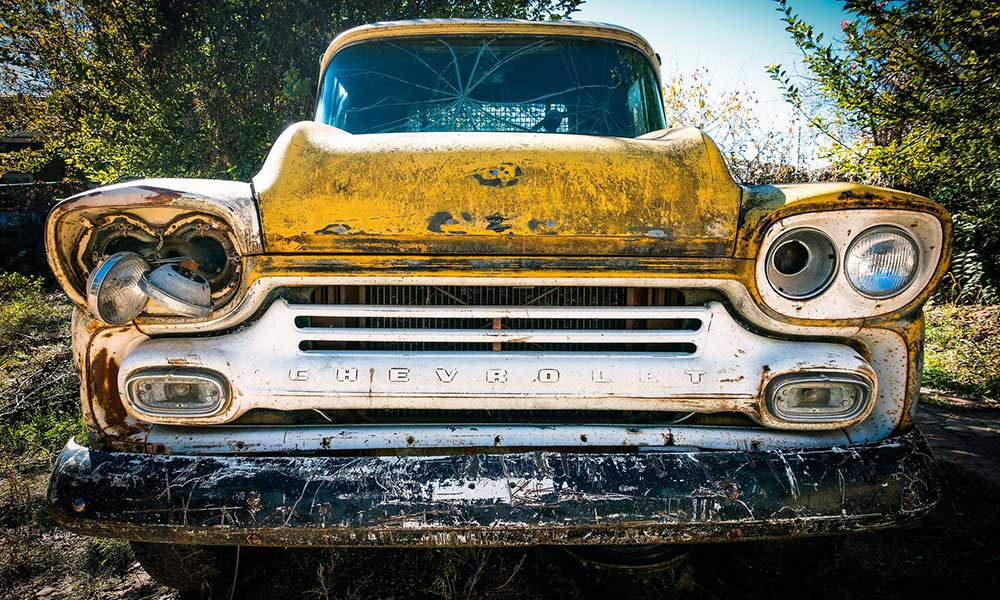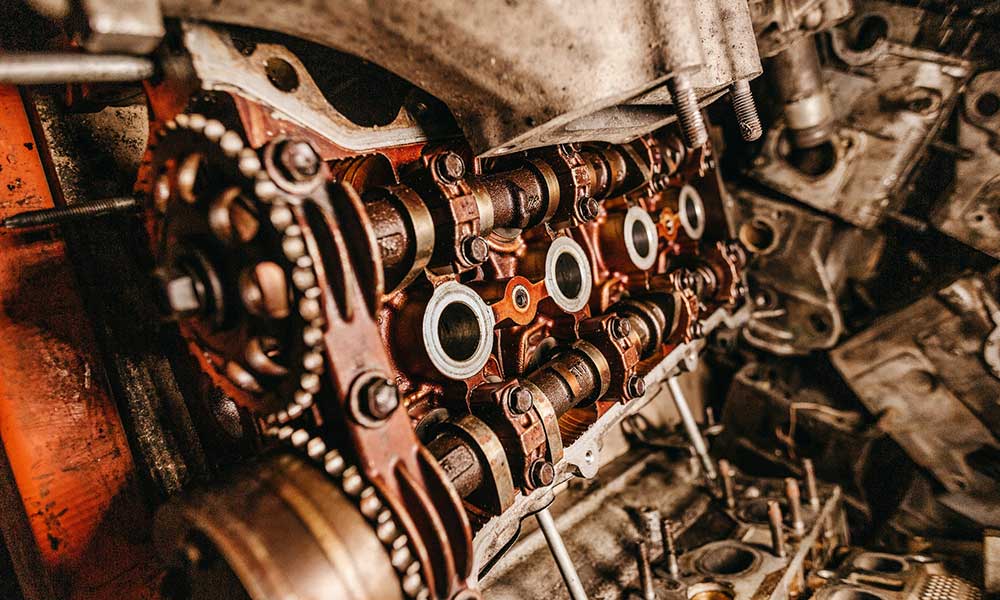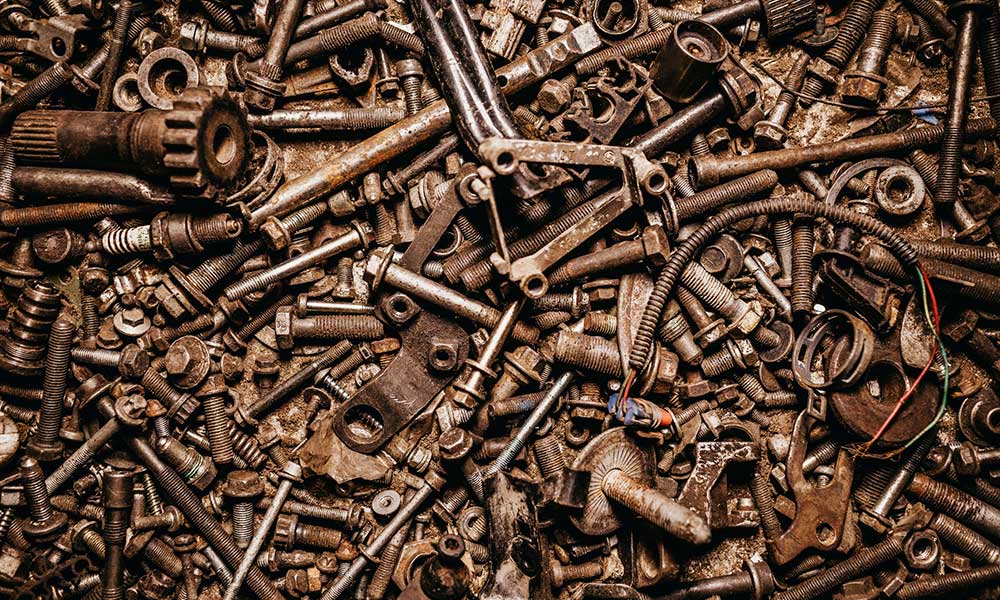Passing a smog test is required to continue driving your car legally in California and to lower emissions while getting around.
It can be nerve-wracking to get a smog check for many people, especially if they own an older vehicle that isn’t as efficient with how it operates.
If you want a few tips on how to pass a California smog test, there are a few steps to take that will prove to be effective.
1 – Schedule an Oil Change
Scheduling an oil change is one of the most important steps to take when it comes to caring for your vehicle to ensure it continues to operate well.
If you fail to change the oil, it causes dirty oil to circulate and have contact with the different parts in the engine.
The hydrocarbons that are present in dirty oil can cause your vehicle to fail a smog test, making it necessary to change the oil right before the smog test is performed.
During the oil change, you can also ask the mechanic to perform an inspection on the different parts of the engine to ensure everything is in good shape and doesn’t need to be repaired or replaced.
2 – Increase Your Speed
In the weeks leading up to your smog test, get in the habit of driving at higher speeds, which will cause harmful pollutants to turn into less harmful emissions with the catalytic converter.
The catalytic converter needs to reach higher temperatures to work effectively, which means it’s better to take the freeway to get around rather than the side streets as you’re preparing for the smog test.
You’ll not only get around town quicker but can burn out oil and gas residues that are sitting in the vehicle.
3 – Schedule an Inspection in Advance
You may feel anxious not knowing if your car will pass a smog test, which can lead to expensive repairs and DMV registration fees.
If you want to ease your nerves, schedule an inspection before the smog test to determine the condition of your vehicle before the real test.
The pre-inspection will likely cost less than the actual test and will give you an idea if any repairs are needed.
Performing this step several months in advance can give you the time you need to perform the necessary repairs and restore the condition of your vehicle to ensure you pass the smog test.
4 – Top Off the Fluids
Experts recommend filling up the coolant and gas tanks to avoid exposing the fuel pump and allowing the vapor into the fuel line.
Topping off the coolant and gas will increase the car’s chances of passing the smog test as the car is run at a high speed while sitting stationary.
5 – Avoid Disconnecting the Battery Before the Test
If your car’s battery recently died and you had to jump start it, it can cause the vehicle to fail to smog test the following week.
Push back your scheduled smog test if you recently disconnected the battery because it erases the emission monitor when it clears off all the internal self-test monitors.
You can eventually restore the monitor again by driving 100 to 200 miles, which will prepare your vehicle for the test.
6 – Schedule a Tune-Up
Tune-ups are essential when it comes to caring for your vehicle to increase the lifespan of the parts and avoid costly repairs.
The tune-up improves the condition of the engine and can allow it to operate better to reduce its emissions.
Keep in mind that during the tune-up, the battery is disconnected as the mechanic works on the vehicle.
You’ll need to drive the vehicle another 100 to 200 miles before you take it in for a smog test to ensure it passes.
7 – Evaluate the Dashboard
Many drivers often ignore the Check Engine light that is often illuminated on their dashboard, which leads to immediately failing the smog test.
Check the light several times in the days leading up to the test to confirm it’s not on or it means there are issues present under the hood.
If you notice the light actives at any time, schedule an inspection with a local mechanic to determine what repairs are needed after the issue is diagnosed by the technician.
Fixing the issues will make the light turn off and can allow you to be prepared for the smog test.
8 – Drive it Before the Test
Take the time to drive your vehicle for 20 to 30 minutes before you head over to the shop where the smog test is performed.
Driving around will allow the engine to warm up and run more efficiently before the test. It’s also important to inflate the tires to ensure it’s more stable as it runs and that the test is more accurate.
9 – Avoid Wet Weather
If you own a car that was manufactured before 1999, schedule your smog test on a day when it’s not raining.
Older vehicles have less stable engines and drivetrain torque that can affect the results it delivers when a smog test is performed.
Driving around in wet weather can also place added strain on the engine before the test.
10 – Use Additives
Consider using fuel additives to lower the emission levels in your vehicle to increase the chances of passing a smog test.
You can pour the additives directly into the gas tank before you fill it up with gas, which will remove carbon deposits to ensure both air and fuel can flow better in the different passages that are present.
Refill with fresh fuel after adding the additives to obtain the best results.
Knowing the tips to follow before a California smog test can ease your nerves and increase the efficiency of your vehicle for better operation.
You can help it have better performance and reduce its emissions to increase its chances of passing its next test.









